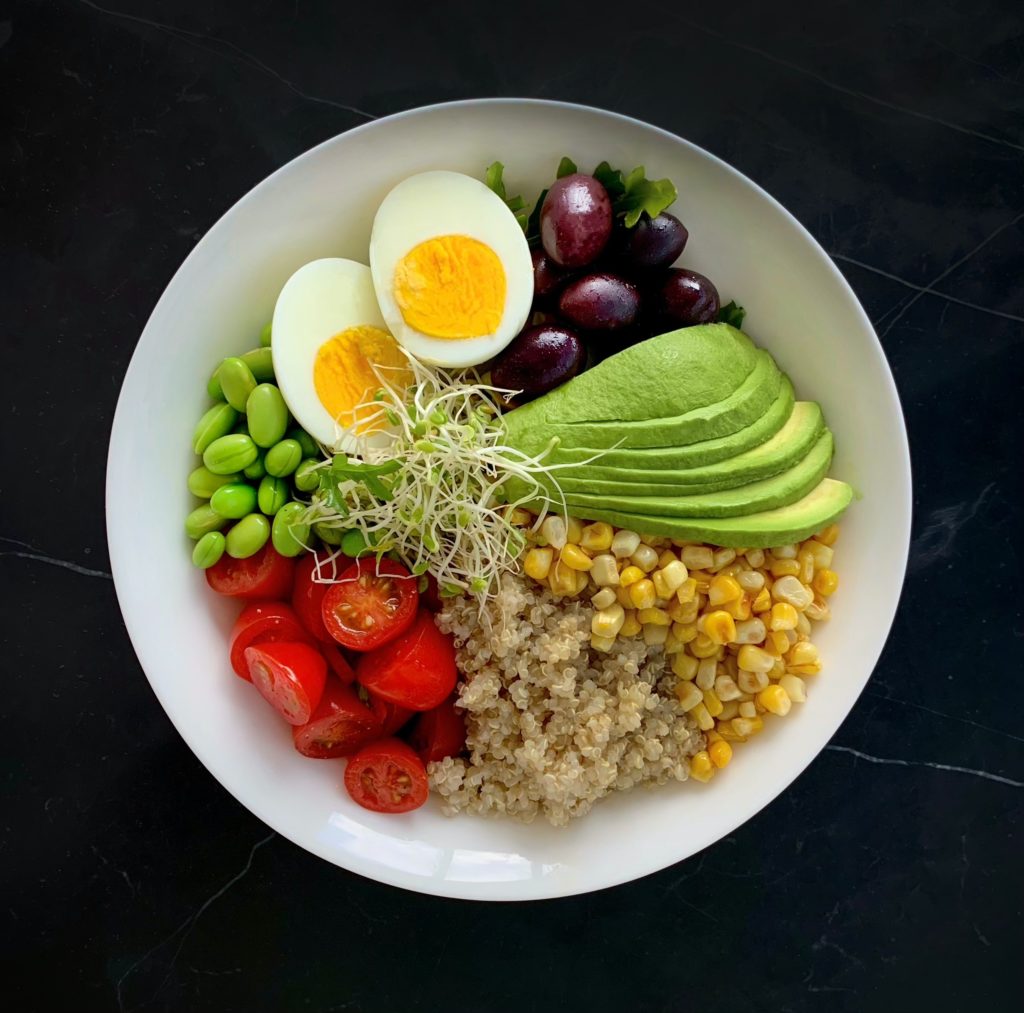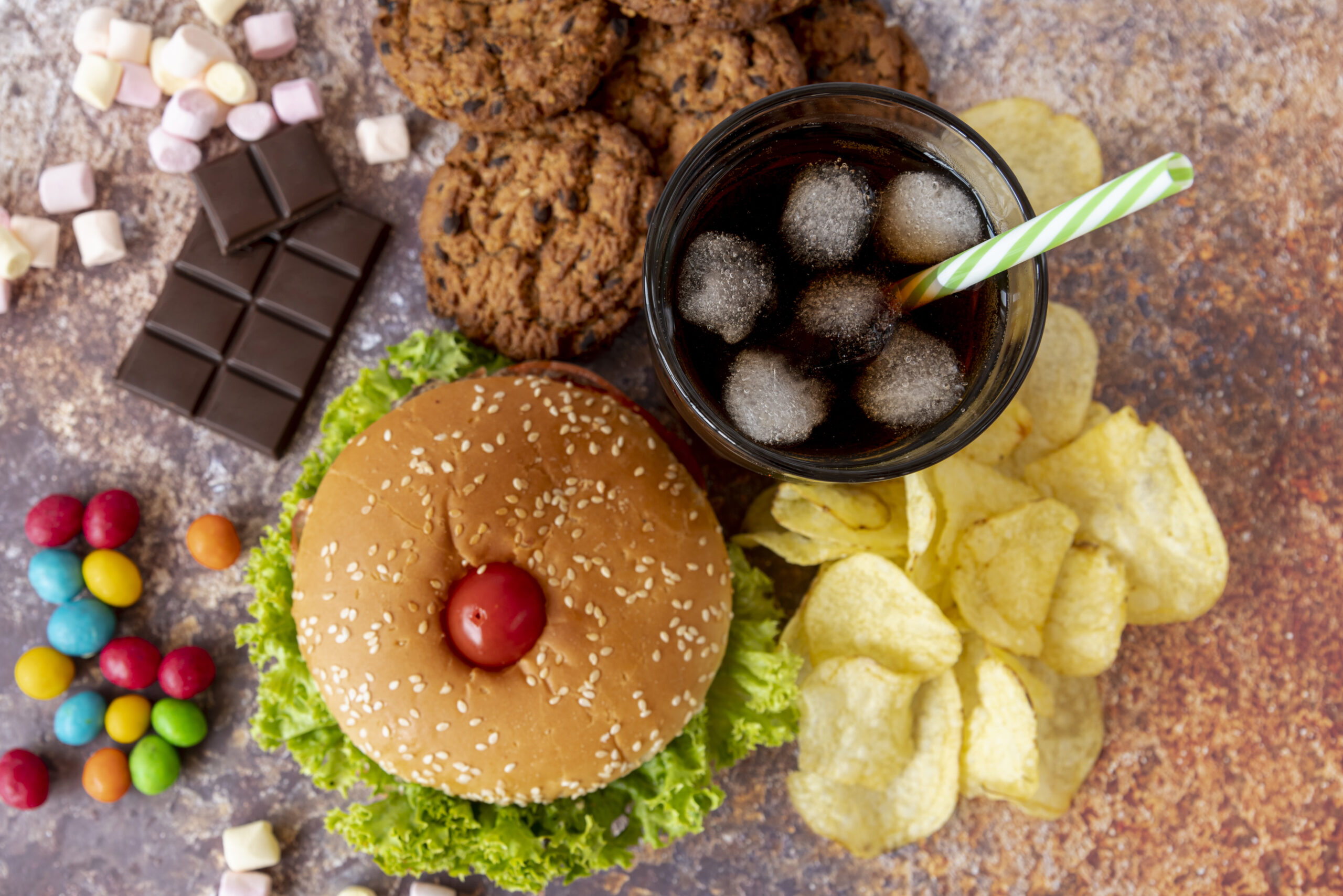Diabetes Type 2, a scourge of the modern world: are Ultra-processed foods to blame?
So many headlines I hear at the moment are shouting that diseases that used to occur in the ‘elderly’ are showing up in younger people.
One of these diseases is Diabetes type 2. The consequences of having this disease are quite disastrous for the individual, for their carers and for society at large. This was demonstrated in a recent 2024 documentary I viewed on SBS – Irresistible : why we can’t stop eating’.
A GP in one South American country commented that Diabetes Type 2 is consuming half the medical budget of her country. And she detailed its huge increase in younger people and the major downstream effects – effects like eye problems, kidney issues and gangrenous feet that need amputation.
The Medical doctor narrator explores why ultra-processed foods are so irresistible and how they have come to dominate food culture. A growing body of evidence is linking these products to our declining health.
What are ULTRA-processed foods?
The difference between “processed” and “ultra-processed” foods might sound confusing. That’s because some of those foods are just fine – and too much of others can harm you.
What is the difference? Definitions vary, but the U.S. Department of Agriculture says anything that changes the fundamental nature of an agricultural product – heating, freezing, dicing, juicing – is a processed food.
That means that some processed foods can be quite good for you – for example some frozen veggies like carrots, corn or broccoli (as long as they have no additives). Some frozen foods can preserve nutrients that may be lost if left on the shelf or in the fridge for too long.
Ultra-processed food takes things further. Nutritionists started using the term about 10 years ago, and again, definitions vary. One diet classification system called NOVA sums it up as:
“snacks, drinks, ready meals and many other products created mostly or entirely from substances extracted from foods or derived from food constituents with little if any intact food.”
Examples include packaged chips, biscuits, soft drinks and lollies/sweets. However, it also includes items like rice or pasta dishes – where all you have to do is add water and put them in the microwave.
Ultra-processed foods – also called highly processed foods – can be cheap, convenient and tasty. But they may have lots of refined carbohydrates, saturated fats and salt. Ultra-processed foods are designer ‘chemicals’ – designed to enrapture our senses with all the above to achieve a scientifically validated ‘bliss point’ of irresistibility.
These ‘foods’ also tend to contain a lot of calories in each bite. That means you’re likely to eat a lot before you feel full. (Which is is demonstrated beautifully in the above documentary – everything from the sound as you bite and the feel in your mouth is designed to say “more”.)
It’s easy to scoff down a soft, palatable fat, salt and sugar laden pasty in 10 seconds flat then continue to feel hungry. It takes your body about 20 minutes for you to register that that you have eaten elegant sufficiency. Compare this to a plateful of salad, rice and chicken which will take a lot more chewing and time to eat.
What risks are being investigated?
Diabetes and other chronic disease patterns
A growing pile of research suggests ultra-processed foods – which make up half the diet of U.S. adults, according to recent research – might cause serious health problems. A small 2019 study found people given ultra-processed food ate more and gained more weight than people on a diet of minimally processed food.
Other studies have linked ultra-processed foods with obesity, high blood pressure, cancer, diabetes and death from all causes.
Rather than making health and wellbeing a priority, manufacturers prefer to make taste, cost, safety, shelf life and mouthfeel their goal. Consequently, thousands of trace nutrients are removed and additives such as emulsifiers and stabilizers are added.
Those industrial ingredients are considered ‘safe’ by some authorities, but their long-term effects are not known. Recent research points to the adverse effects on the gut microbiome from emulsifiers, which may strip the mucus lining of our gut (see Documentary).
Nutrient deficiencies
A recent 52,000 pooled study of people with Diabetes Type 2 (USA) showed that 50% of these folks exhibited frank micronutrient deficiencies including Vitamin D, magnesium, iron and Vitamin B12. This may be because of their Diabetes and their medications OR this may have predisposed these people to Diabetes.
Make sure you request annual blood tests for these nutrients from your GP. Always ask for the Active Vitamin B12 rather than just total B12. Prevention of deficiency is best of course. These are quite reliable tests so it’s best to know. Then speak with your friendly Naturopath about specific foods and appropriate supplements that may best suit your needs.


What’s best to do?
Check out my Healthy Eating Resources page with lots of details and ideas. Below are some of the basic principles I recommend.
Eat mainly whole, unprocessed real foods
Shop mainly around the ‘edges’ of the supermarket for fresher unprocessed foods; seek out farmers markets; grow some of your own.
Find foods with the least number of ingredients listed on the packet (take your glasses to the shops or take a picture of the label with your phone and enlarge it).
Take a cooking class; get inspired by TV cooking shows; share meals with friends; join or create ‘community meal’ days.
And if you need help, advice or support, get in touch through my Contact Page.




